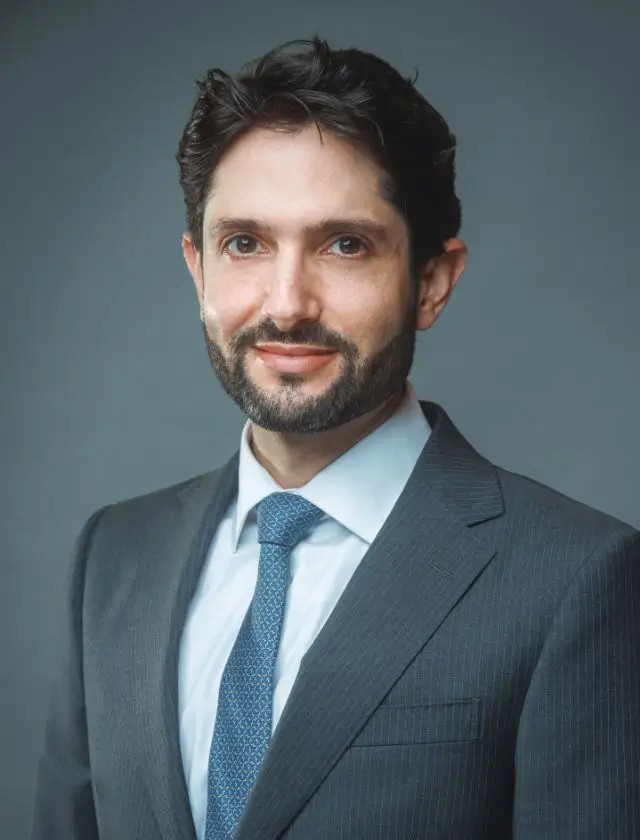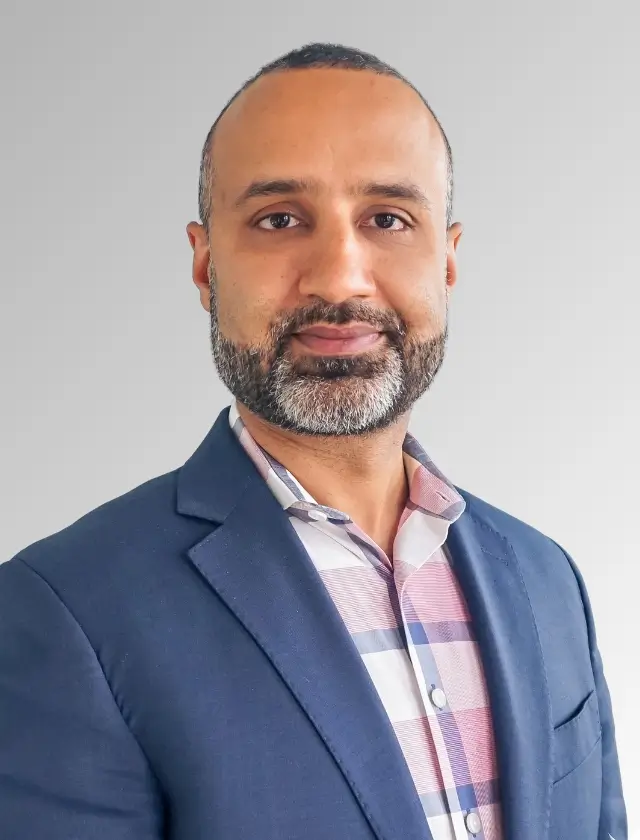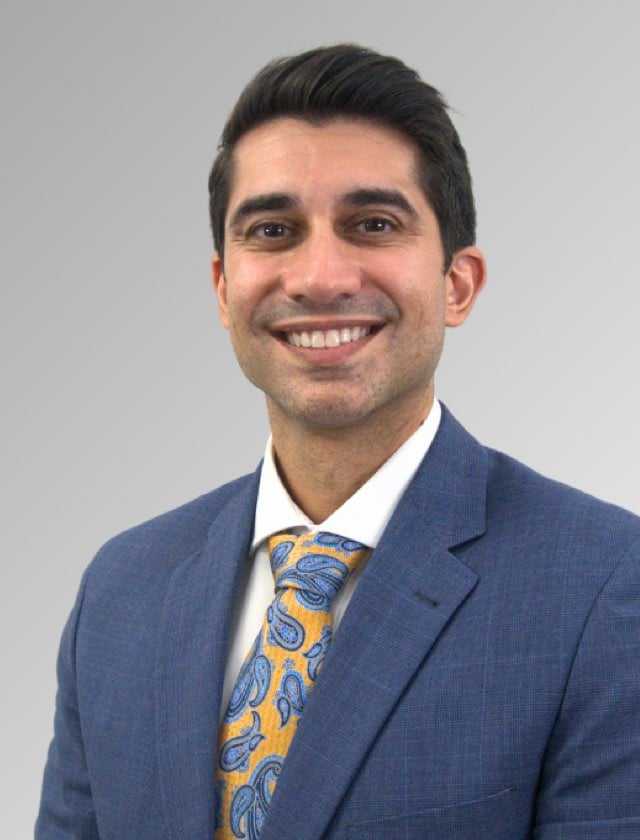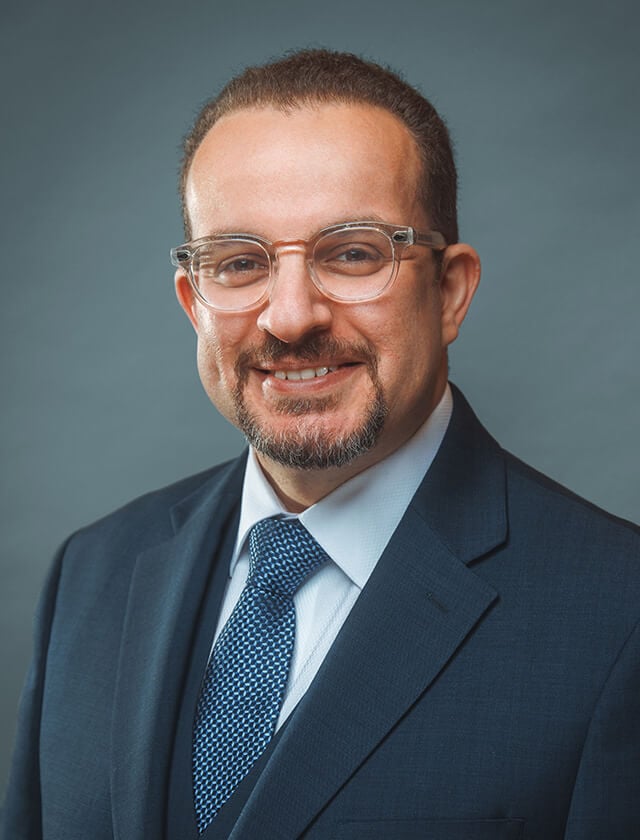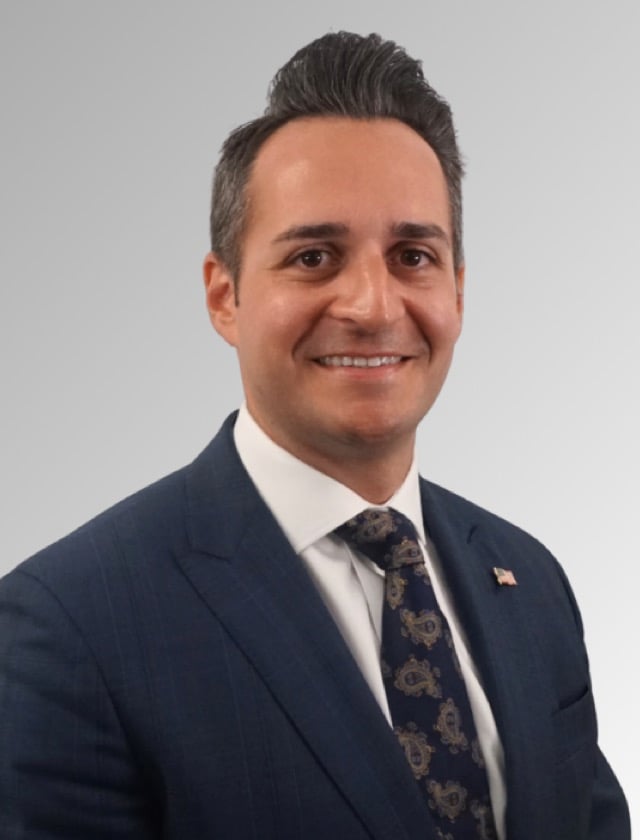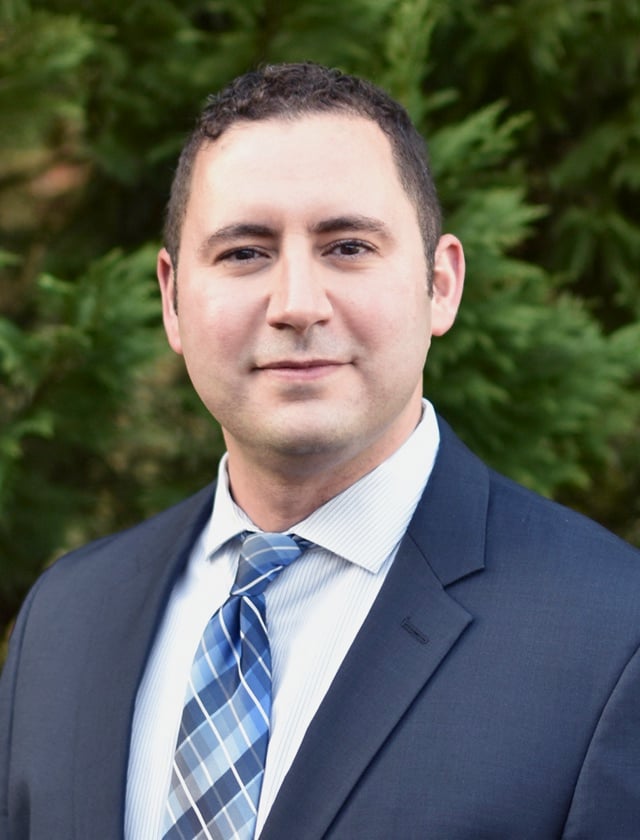Head and neck reconstruction surgery is an advanced surgical option for improving the form and function of the face, jaw, ears, and skull. Head and neck surgeons are often called on to rebuild the face and neck after removing tumors or to correct deformities, treat injuries, and address slow wound healing.
Treating cancer of the head and neck can lead to side effects that can negatively impact function, such as sight, smell, taste, breathing, speaking, and swallowing. Cancer treatments can also negatively impact the appearance of the head and neck region. Head and neck cancer treatments can cause scarring, swelling, and facial amputation, leading to body image distress in as many as 20% of patients.
At the Institute for Advanced Reconstruction, we specialize in some of the most advanced head and neck surgeries in the field, including:
Skin Graft Surgery
Skin graft surgeries remove healthy skin from one area of the body and then transfer it to another where the skin is missing or damaged. There are different types of skin graft procedures, including:
- Partial skin graft: surgeons remove a thin layer of skin
- Full skin graft: surgeons remove all layers of skin
- Composite skin graft: surgeons remove all layers of skin plus fat tissues and underlying cartilage
Flap Surgery
During flap surgery, a surgeon will partially detach a living piece of tissue and transfer it to another part of the body. The flap and blood vessels remain attached to their original location, which allows blood supply to the repaired area to remain uninterrupted. In some cases, your surgeon may perform a "free flap" procedure in which the tissues and blood vessels are disconnected entirely and then moved to another location using microsurgical techniques to reconnect the blood vessels at the new site (also known as microvascular head and neck reconstruction).


.webp)
